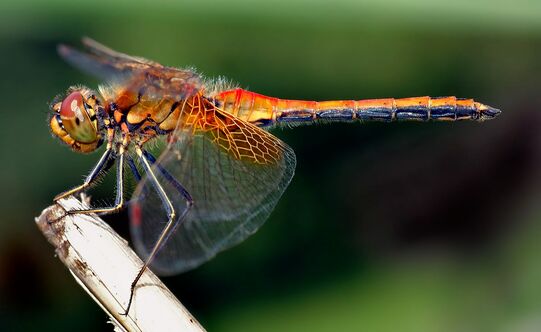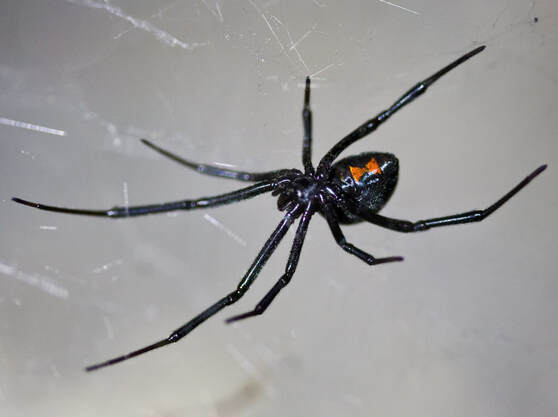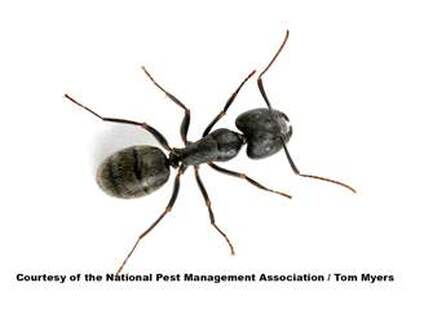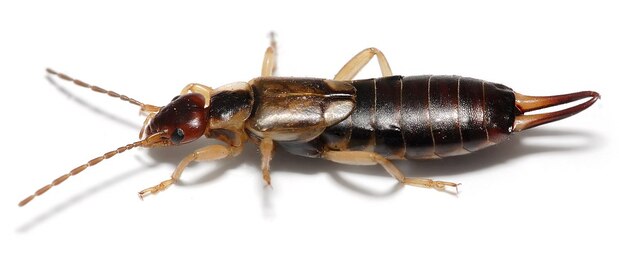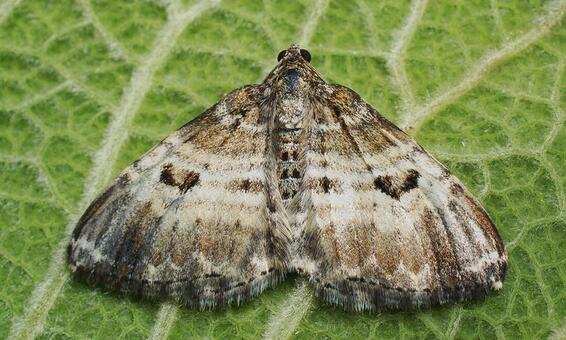|
At Pestech of Greenville, we're familiar with all types of pests. We've seen it all as we have been a trusted pest control and extermination company in eastern North Carolina for more than two decades. In the past, we’ve shared 50 Fascinating Facts about Pests and 50 More Fascinating Facts about Pests. In this blog, we’re sharing even more peculiar and intriguing facts we've learned about pests over the years. Here are 50 additional fascinating facts about pests: Dragonfly 1. A dragonfly landing on your head is considered good luck. 2. Dragonflies need to warm up in the sun during the morning before taking off and flying for most of the day. 3. Dragonflies don't sting and generally don't bite people. 4. They were some of the first winged insects to evolve around 300 million years ago. 5. Dragonflies have better vision than humans. Black widow spider 6. The venom from a black widow spider is 15 times as strong as the venom from a rattlesnake. 7. Black widow spiders can live up to 3 years. 8. Contrary to popular belief, black widows are not the deadliest spider on Earth. 9. Black widow spiders come in more colors than just black. 10. Only the female black widow spider is venomous. Cicada 11. Cicadas live on all continents except Antarctica. 12. They have one of the longest insect life spans ranging from two to five years. Periodical cicadas can live for up to 17 years in the larva stage. 13. Cicadas only emerge when the ground is above 64 degrees. 14. The noises male cicadas make by rubbing their wings together can reach 120 decibels. That's as loud as a chainsaw. 15. Cicadas have five eyes, and the three smaller ones are used to detect light and darkness. Centipedes 16. Even though their name means "100 feet," centipedes actually never have 100 legs. Regardless of the species, centipedes always have an odd number of leg pairs. 17. The number of a centipede's legs can change throughout its life 18. Centipedes can move pretty fast. House centipedes can reach speeds of up to 1.3 feet per second. 19. Centipedes feed on other pests like spiders, so if they're around, you may have another pest issue you didn't even realize. 20. Centipedes have the reputation of paying extra attention to their young. Mothers will wrap their bodies around the eggs and remain with them until they hatch to protect them from harm.
Weevil 26. Weevils are popularly known for having elongated or long snouts. 27. Weevils can cause serious damage to crops and grains. The rice weevil is considered the most destructive even though it's quite harmless in itself. 28. They prefer to stay alone instead of living in groups with other species. 29. Most weevils communicate by making sounds by scraping their mouthparts together or rubbing their legs on their bodies. Earwig 30. Despite their name, earwigs will not attempt to enter your ears, and that myth is far from the truth. 31. Although they're equipped with wings and capable of flight, it's rare to see an earwig fly. They prefer other methods to get around. 32. Some species of earwig release a noticeable foul odor when they are disturbed. 33. Earwigs don't want to live in your house. They prefer damp organic environments. 34. Earwigs are most active and do their hunting and foraging at night. Millipede 35. Similar to centipedes, millipedes' name is also misleading. They don't have 1,000 legs. 36. The millipede that holds the record for most legs only has 750. 37. Millipedes coil their bodies into a spiral when threatened. 38. Fossil evidence suggests millipedes were the first animals to live on land. 39. Some millipedes have stink glands and can emit a foul-smelling and awful-tasting compound to repel predators. 40. Millipedes are not as fast as centipedes. They prefer to burrow or hide in dark, wet places. Silverfish 41. Silverfish predate the dinosaurs by 100 million years which means they’ve been crawling around for 400 million years. 42. When silverfish run, their bodies wiggle, resembling the swimming motion of a fish. 43. Silverfish shed their skin so you may find their metallic-looking, silver scales in the most active areas. 44. Silverfish typically live between three and six years but can live up to eight in the right conditions. 45. Silverfish can live up to a year without food. Moths 46. Moths Outnumber Butterflies by a nine-to-one ratio. 47. Moths have hairy bodies to help retain the internal body temperature necessary for flight. 48. There are more than 11,000 species of moths in the United States alone. 49. The Atlas Moth of Southeast Asia is considered the largest in the world. It has a wingspan of nearly a foot. 50. Some moths are notorious for their ability to impersonate other animals. Pestech of Greenville, Inc. is here to help no matter your pest problem. Our experts can assist in your various pest management needs. Give us a call at 252-353-4760 for a free estimate. Your East Coast pest management professionals are honored to serve you.
Comments are closed.
|
|
|
HOW ARE WE DOING? (Google review embedded here)
Copyright © 2023
PESTECH OF GREENVILLE, INC.
PESTECH OF GREENVILLE, INC.

